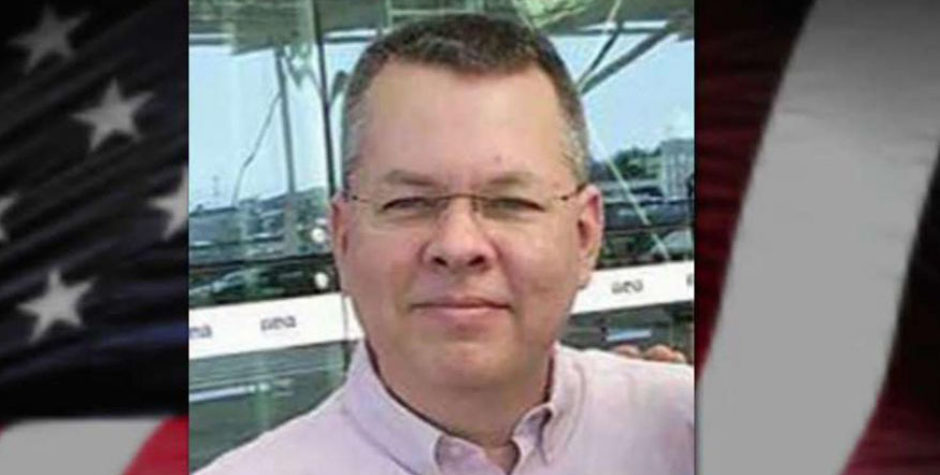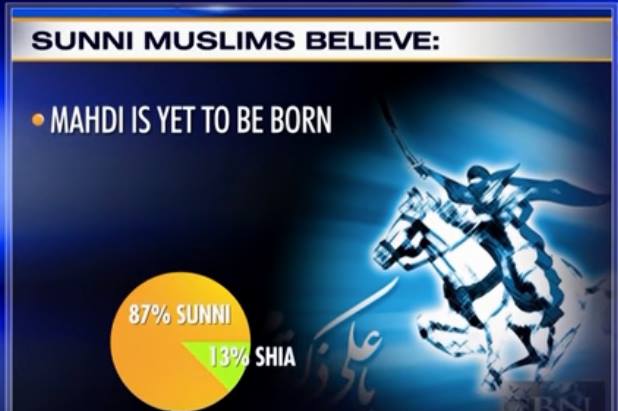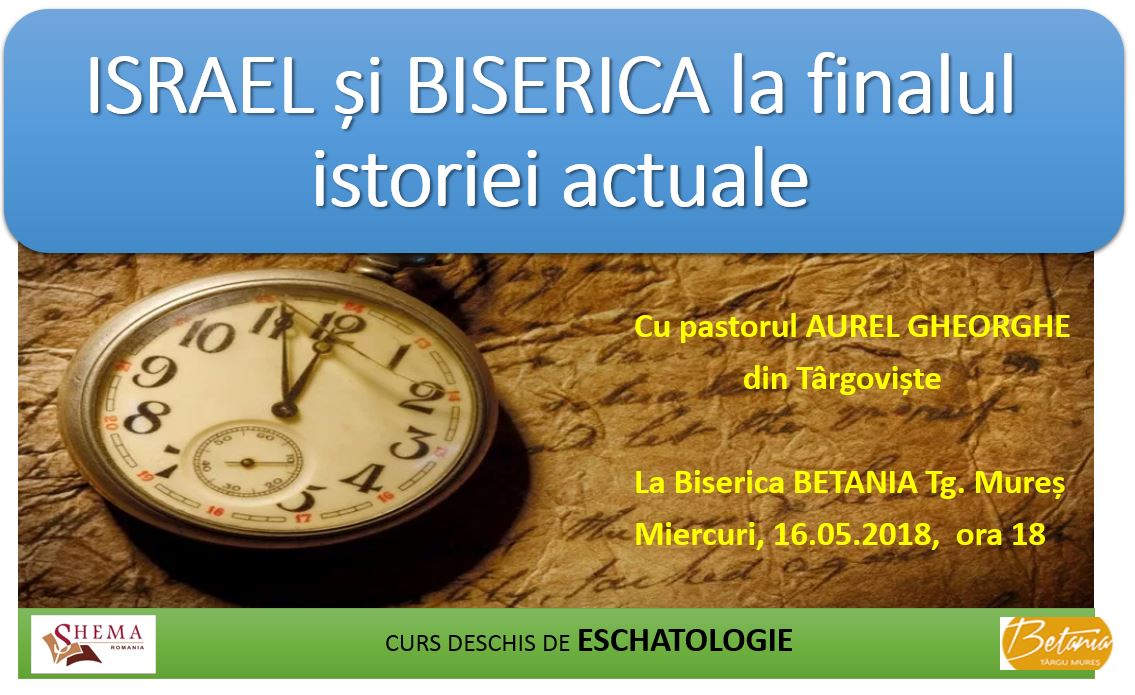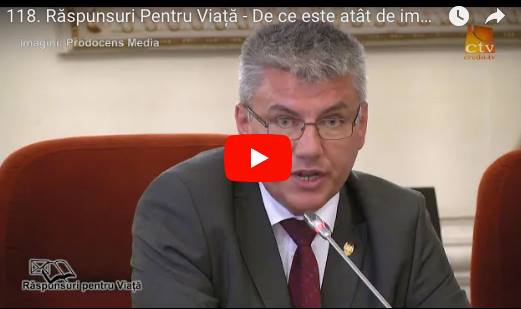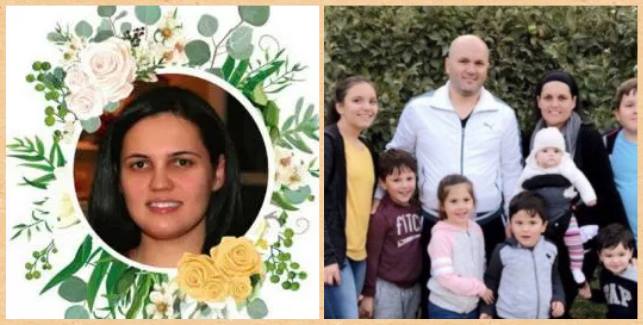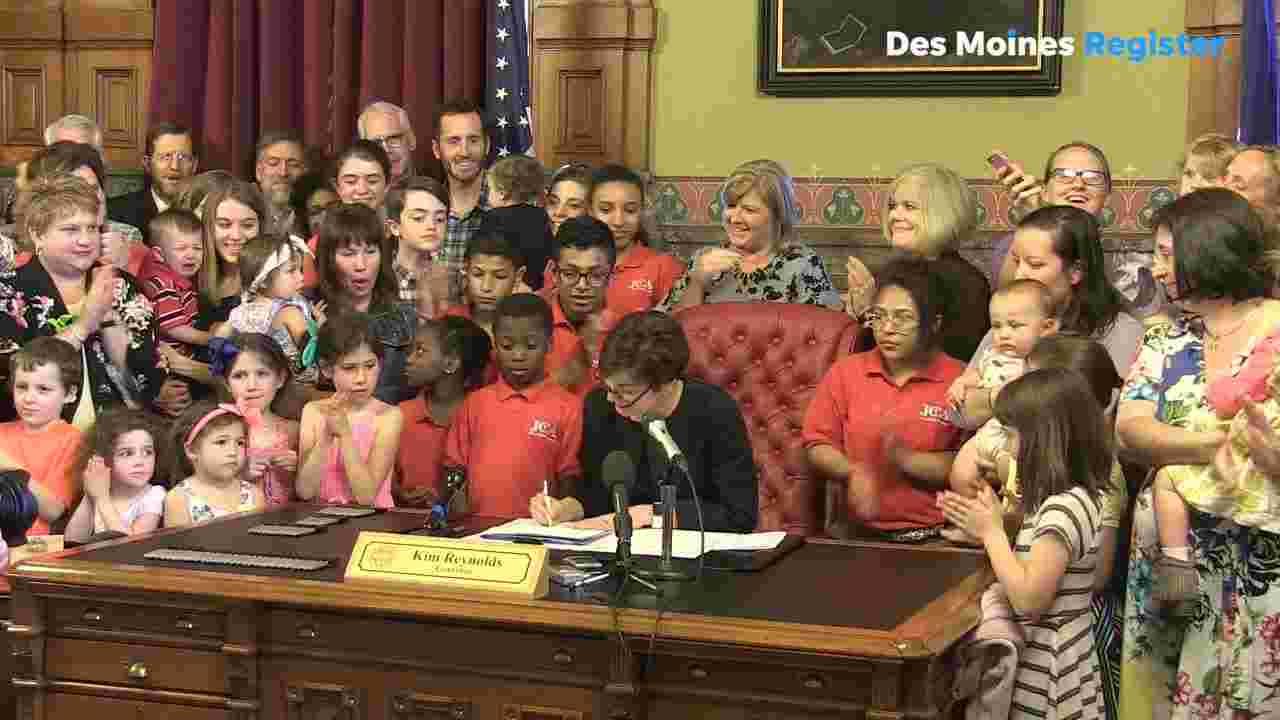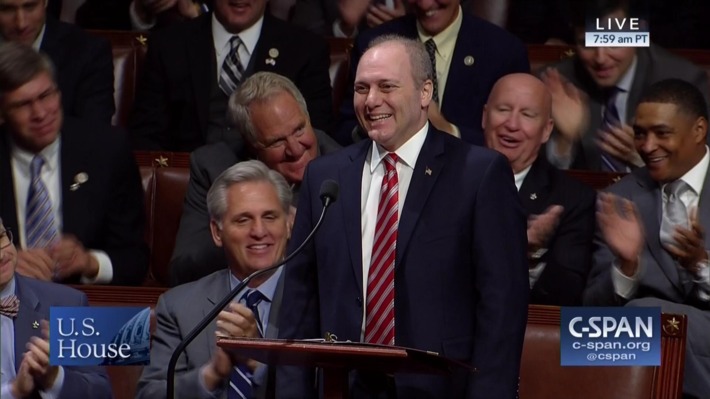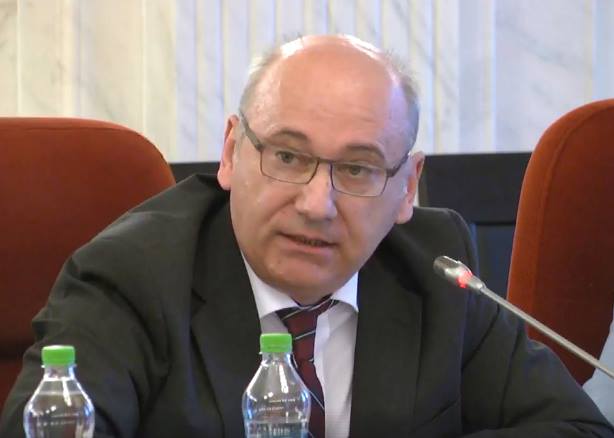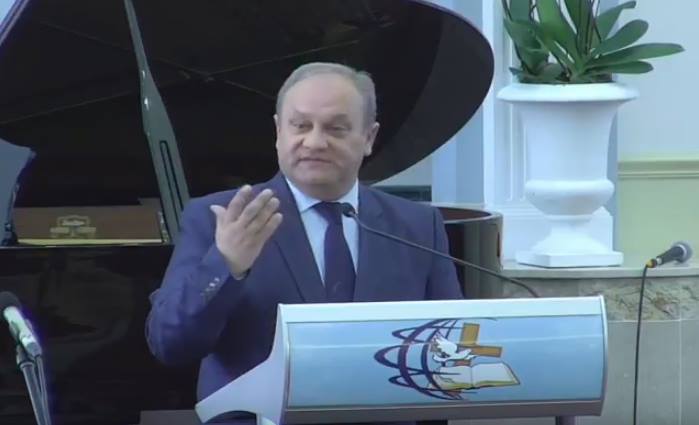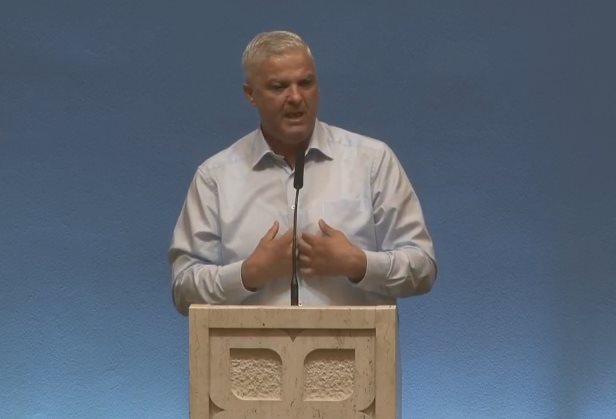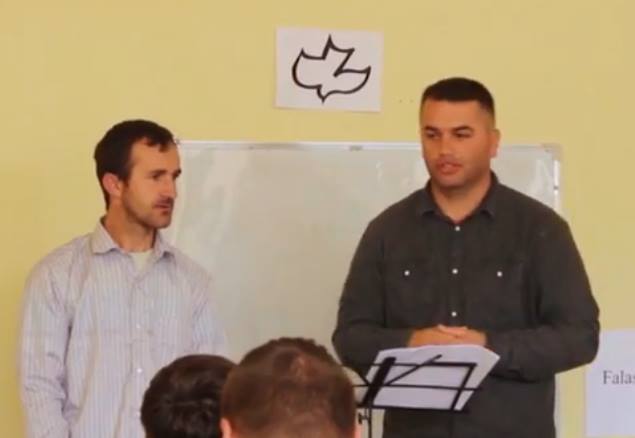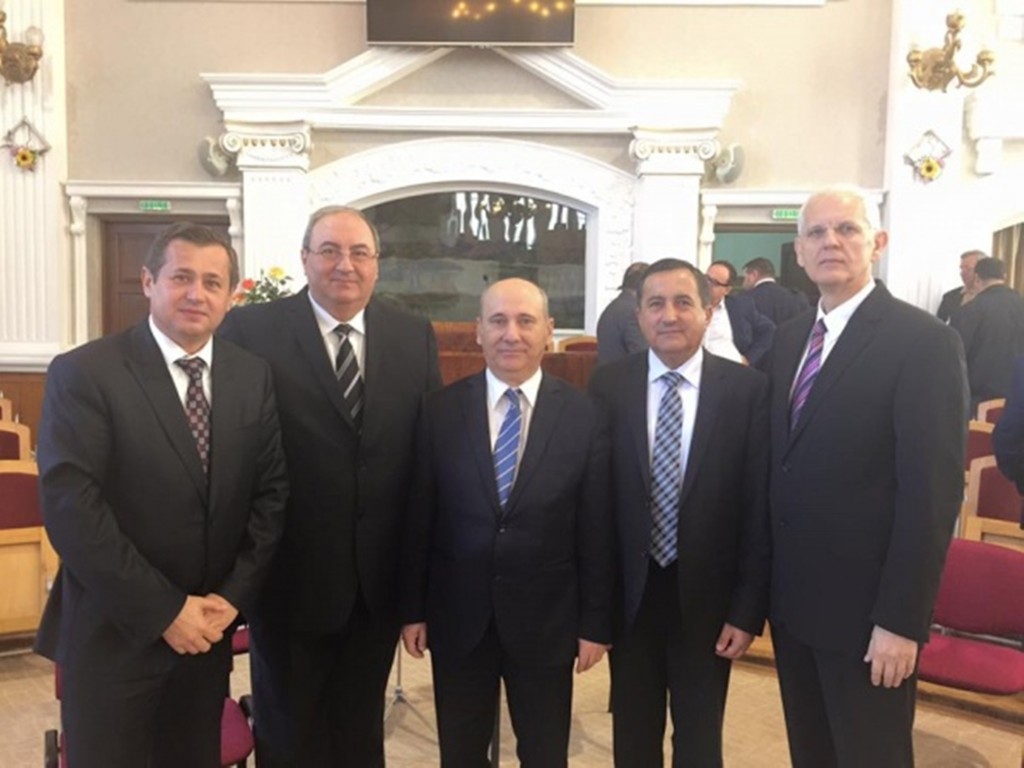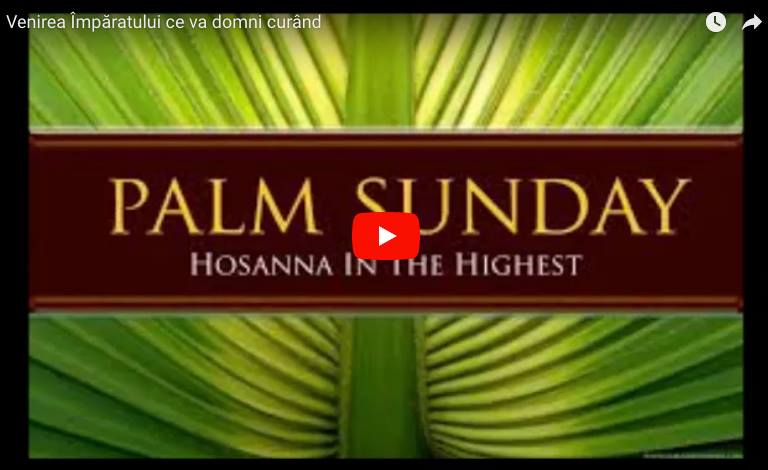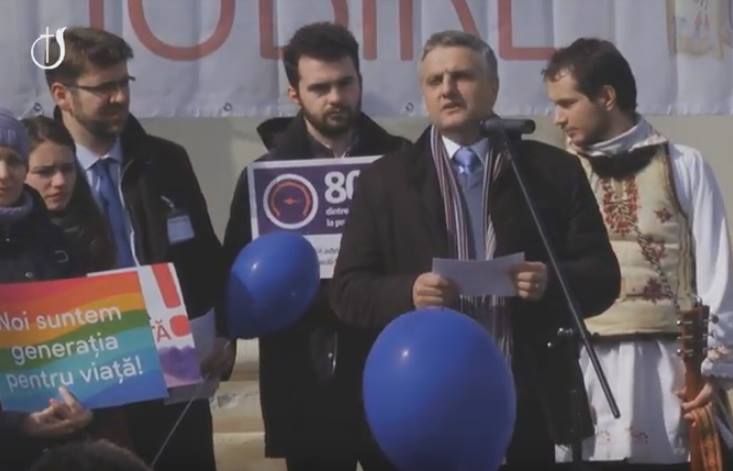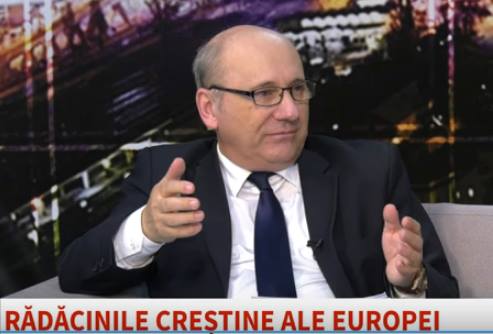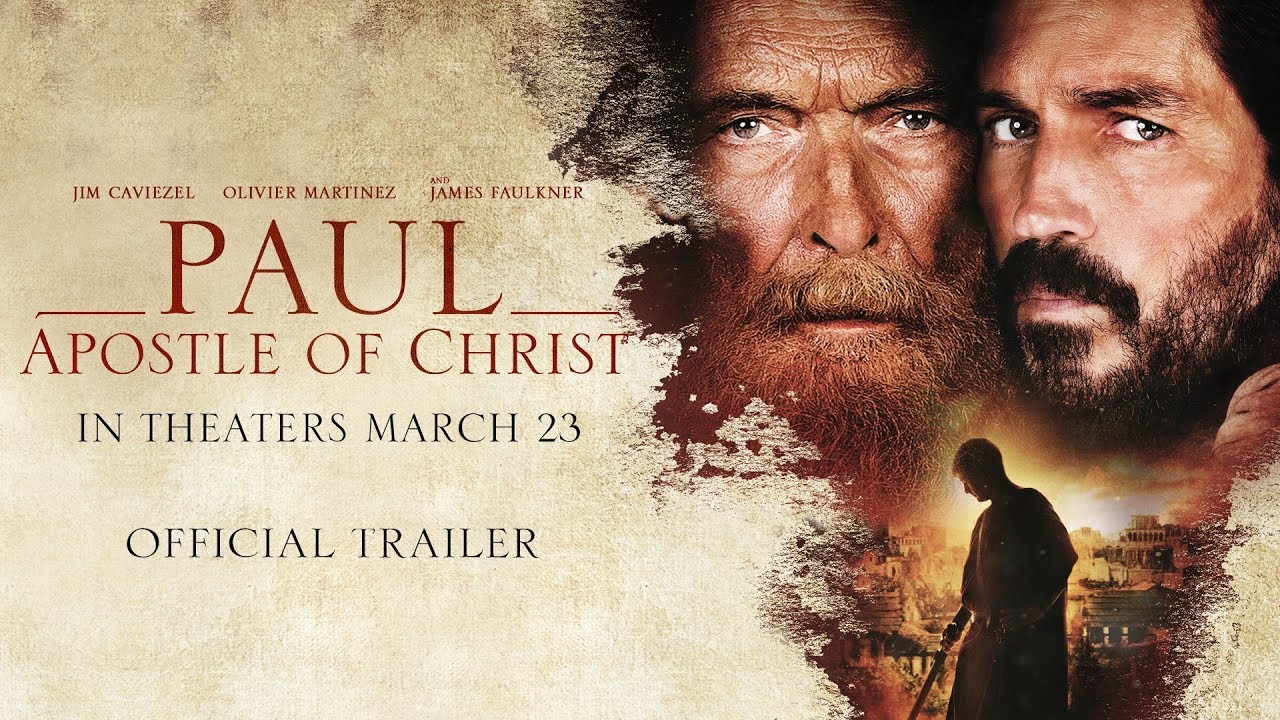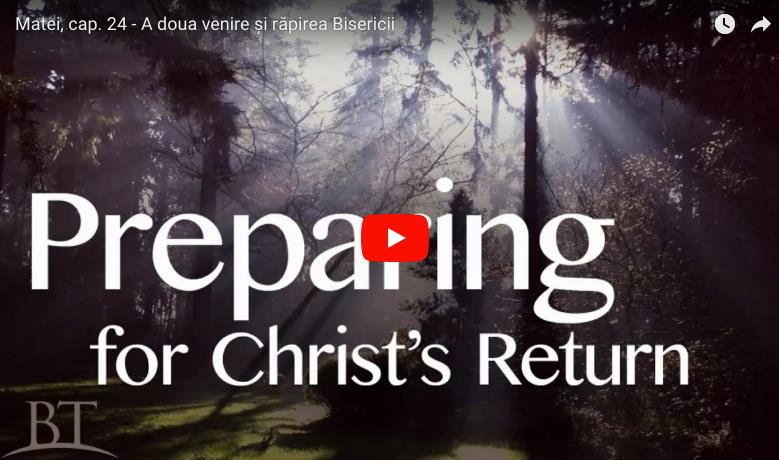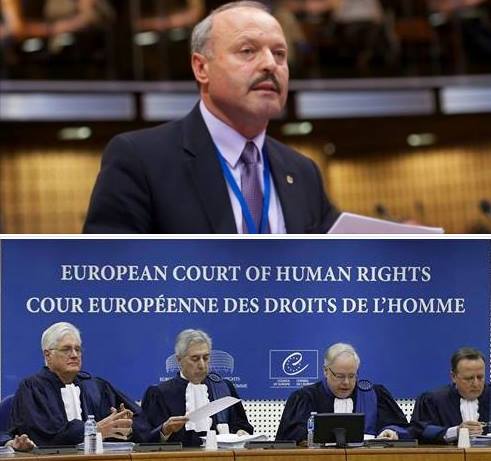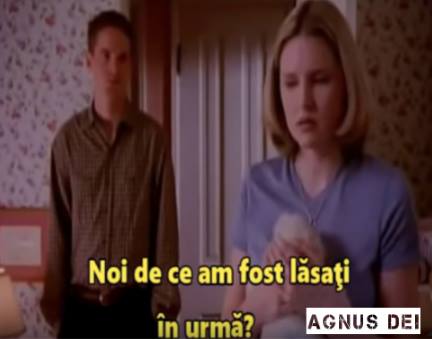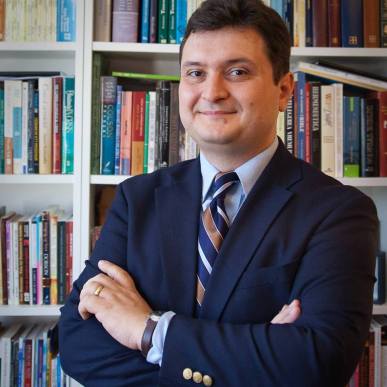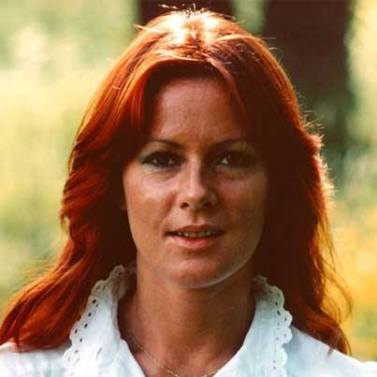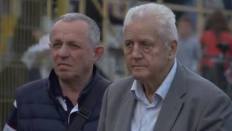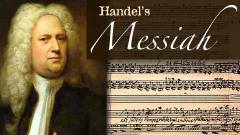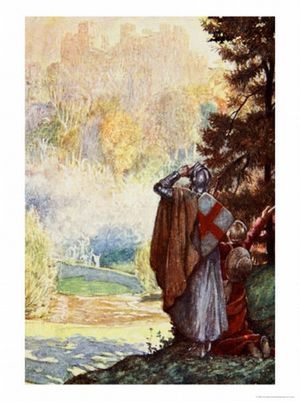A prayer for abortion?
By Jordan Sekulow and Matthew Clark
Pro-life advocates have long complained that Planned Parenthood, the country’s largest abortion provider, worships at the altar of abortion, but did you know that the abortion industry actually prays for abortion?
Perversely reminiscent of 40 day pro-life prayer vigils, Planned Parenthood in Humboldt County, Ca., is promoting it’s own “40 days of prayer,” March 18th through April 27th, for abortion. This is not their usually disguised promotion of abortion as “preventative care,” “family planning,” or “contraceptive services.” No, they throw those typical euphemisms out and directly pray for abortion.
A prayer guide found on PlannedParenthood.org ,40 Days of Prayer Supporting Women Everywhere , encourages pro-abortion supporters to offer prayers of “thanks for abortion providers” and the “sacred care” they provide.
Each day, Planned Parenthood suggests a prayer, for example:
· “We give thanks for the doctors who provide quality abortion care.”
· We pray for a cloud of gentleness to surround every abortion facility.”
· We pray for all the staff at abortion clinics around the nation. May they be daily confirmed in the sacred care that they offer women.”
Some of the prayers, like those above, are for the abortionists. Others are for all “women to access . . . abortion,” and one is to “give thanks and celebrate that abortion is still safe and legal.”
Still other prayers are against pro-life advocates. They pray that women on the way to have an abortion would be “shielded” from the lifesaving message of pro-life sidewalk counselors and “give thanks for abortion escorts who guide women safely through the hostile gauntlets of protesters.” In another, “we pray for women who have been made afraid of their own power [of choice, i.e. abortion] by their religion. May they learn to reject fear and live bravely.”
One of the most outrageous of these pro-abortion prayers actually urges people to “pray for the families we’ve chosen. May they know the blessing of choice.” What about the babies who weren’t “chosen”?
Of course, none of this should be surprising when you take a look at the group who penned these prayers, Faith Aloud. Among Faith Aloud’s board members is the infamous partial-birth abortion doctor LeRoy Carhart.
While admitting that aborted babies are “our children—even those we decide not to bring into the world,” Faith Aloud cannot debunk the claim that abortion is murder. Faith Aloud’s Web site states, “When you hear something over and over, like ‘abortion is murder’, it can get into your head—like a commercial. But if you really believed that abortion was the same as murder you probably wouldn’t even be considering it.”
All Planned Parenthood and Faith Aloud can do is rationalize the taking of another human’s life under the guise of prayer.
But apparently, these prayers are being used by the entire abortion industry. Faith Aloud even wrote us after we at the ACLJ initially exposed Planned Parenthood’s prayer guide to clarify, “Independent abortion providers (non-Planned Parenthood facilities) have been using these prayers for years.”
While the prayers themselves are shocking, the true outrage continues to be the yearly slaughter of millions of unborn babies. No matter how you try to spiritualize it or rationalize, it’s just plain wrong, and we will continue fighting for life.
Jordan Sekulow is Executive Director of the American Center for Law & Justice and writes for On Faith’s blogging network at the Washington Post. Matthew Clark is an attorney for the ACLJ.





 Download 1600 free Martyn Lloyd-Jones sermon recordings in mp3 format here
Download 1600 free Martyn Lloyd-Jones sermon recordings in mp3 format here





